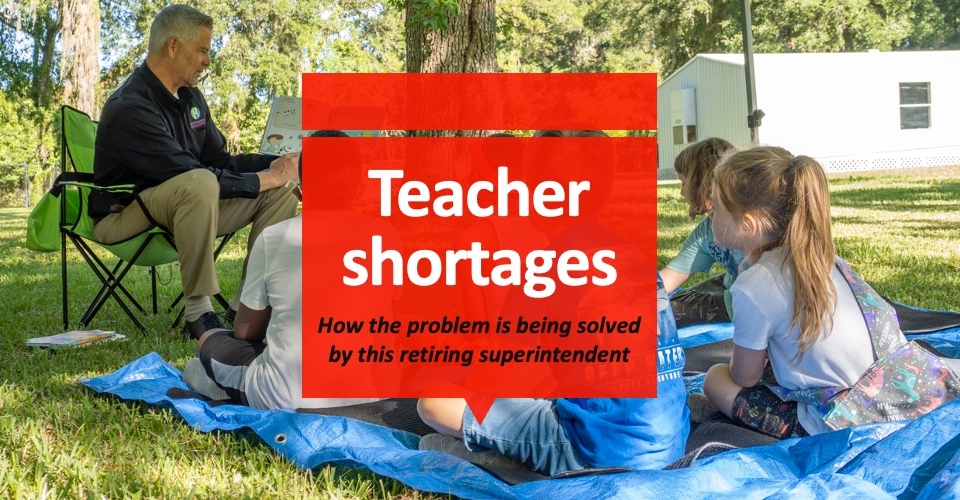As the student mental health crisis continues to grow, many districts are finding themselves underprepared. The Center for Disease Control has observed that the number of adolescents reporting poor mental health is on the rise but, in a recent survey from the National Center for Education Statistics, only 9% of public schools answered “strongly agree” when asked if they were able to provide mental health services to all students in need.
I know what it’s like to live the reality behind these statistics. I was once a director of counseling services for a district with a heart-wrenching problem: a suicide rate that was nearly 30x the national average. Ultimately, what helped us face this crisis was getting upstream and identifying struggling students before their mental health problems became acute.
How did we do this? Through gathering data about online student behavior. Let’s face it: many students will open up to search engines and social forums long before they seek help from counselors, teachers or parents. Programs that track and surface relevant student activity can help under-resourced districts and counseling teams, and—as I’ve seen in my own work—they can quite literally save lives.
Superintendent turnover: Superintendent hiring slowed but did not stop before the 4th
It’s not enough to have access to this data, however. You need to know how to use it. Here are a few best practices that helped my district turn what initially felt like an overwhelming amount of data into manageable signals and meaningful action.
- Adjust your notification settings. As you set up your program, think about which notifications will be most important for your counselors or team and adjust your settings accordingly. That way you can ease in and be sure you’re only receiving notifications about searches and activity that truly require your attention.
- Map mental health data to responder triage phases. Too much data can feel like noise. Sorting it into a familiar framework helps. For us, mapping online behavior to the four phases of suicidality meant we could quickly identify the students who were most at risk.
- Contextualize the data and drive meaningful interventions. An isolated notification about a search term in a single browser window simply doesn’t tell you that much. If can pair this with information about what the student was doing before and after that search, you’ll have a much better idea of how to proceed. It is also helpful to have a centralized data dashboard that will provide actionable insights so you can effectively spot trends and know where to apply resources.
- Separate mental health data from other behavioral data. Some programs allow you to monitor for mental health-related data and other risky online behavior, such as looking up explicit content. But this can be a distraction. Certain searches may be inappropriate for school, but they’re not an indicator of mental health struggles.
Just two weeks into launching this program, I received an “Active Planning” alert notifying me that a student was searching terms like, “How much pain medication does it take to die?”
I could not reach her parents or other listed contacts, so I drove to her home address. The student had a large bottle of medication and a glass of water on her kitchen table. I was able to intervene just in time.
From that moment, I understood how powerful this kind of data could be. My team worked to move toward helping students earlier in their struggles with mental health, and our district began successfully implementing the best practices listed here. Over three years, we reduced the number of students deemed high risk for self-harm from 50 to eight.
With so many students in crisis, counseling teams need to be both empathetic and strategic in how we approach our work. Ultimately, being smart about how we gather and respond to this kind of data will help us identify—and take action to help—the students who need it most.









